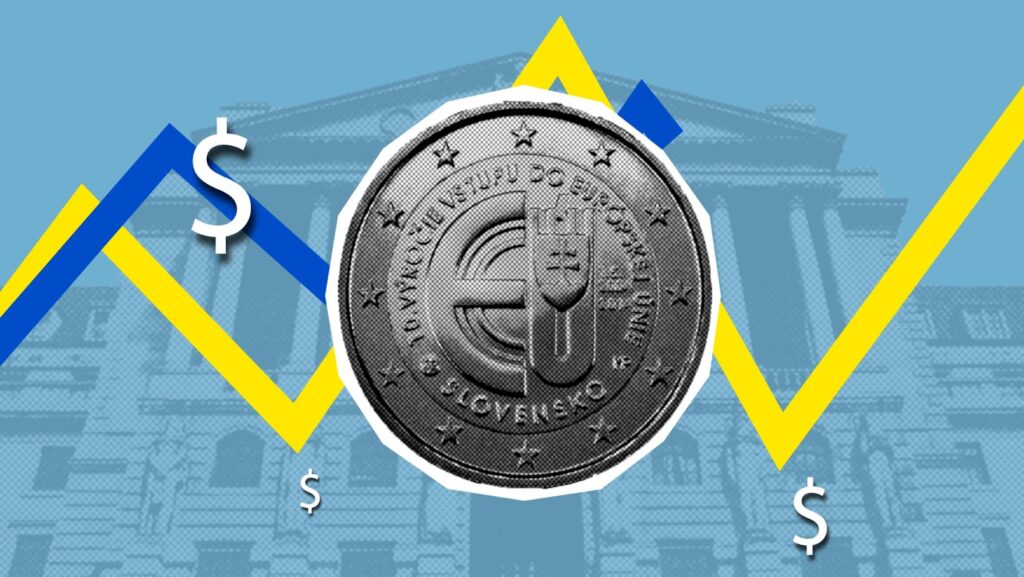In the dynamic world of finance, technology continues to revolutionize the way we manage and interact with money. From digital wallets to blockchain, the landscape is evolving at a breakneck speed. This article will delve into the latest financial technology trends, providing a glimpse into the future of finance.
Financial Technology Trends
 From the inception of banking to today’s complex decentralized networks, financial technology trends trajectory reveals an intriguing journey. Innovations like digital wallets and blockchain, highlighted earlier, document just a fraction of the transformation. Let’s delve deeper into two key areas: the transition from traditional to digital banking and the proliferation of mobile payment solutions.
From the inception of banking to today’s complex decentralized networks, financial technology trends trajectory reveals an intriguing journey. Innovations like digital wallets and blockchain, highlighted earlier, document just a fraction of the transformation. Let’s delve deeper into two key areas: the transition from traditional to digital banking and the proliferation of mobile payment solutions.
The metamorphosis of banking from traditional brick-and-mortar institutions to digital platforms sets a precedent in financial history. As early as the 1960s, ATMs offered the first hint of banking automation. Fast-forward to the 1990s and the introduction of internet banking, it only took a decade for this trend to become a staple of the industry. Today, digital-only banks, or ‘neobanks’, represent the industry’s latest shift. These offer a range of services, such as deposits, transfers, and loans sans physical branches.
The Revolution of Big Data and Analytics in Finance
 In the realm of credit scoring, Big Data provides a robust foundation. Traditionally, credit assessment relies on a limited data set – primarily a borrower’s credit history. However, with the advent of Big Data, a surge of granular data from various sources, like social media activity, online transaction details, and employment history, augment these assessments. For example, when a financial institution evaluates a loan application, extensive data sets, well beyond credit scores – are analyzed to determine an applicant’s creditworthiness. This comprehensive approach to credit scoring, offered by Big Data, ensures a more accurate and fair assessment, considering various aspects of a borrower’s financial and personal life.
In the realm of credit scoring, Big Data provides a robust foundation. Traditionally, credit assessment relies on a limited data set – primarily a borrower’s credit history. However, with the advent of Big Data, a surge of granular data from various sources, like social media activity, online transaction details, and employment history, augment these assessments. For example, when a financial institution evaluates a loan application, extensive data sets, well beyond credit scores – are analyzed to determine an applicant’s creditworthiness. This comprehensive approach to credit scoring, offered by Big Data, ensures a more accurate and fair assessment, considering various aspects of a borrower’s financial and personal life.
At the intersection of Big Data and FinTech, lies predictive analytics. It’s heavily leveraged for financial forecasting, significantly enhancing the predictive power of traditional financial models. For instance, investment banks now employ machine learning algorithms to heavy sets of data — including both historical market data and real-time updates — in their forecasting efforts. The amalgamation of this vast, detailed data and sophisticated algorithms allows for more accurate predictions of market trends and economic contingencies. By leveraging predictive analytics, financial institutions aim to mitigate uncertainties and plan for the future with a higher level of confidence.
Future Financial Technology Trends to Watch
 Cross-border payments and remittances constitute a thriving arena in FinTech. Technology, now, facilitates faster, cheaper, and more secure international transactions, erasing geographical constraints in the banking sector. Consider, for instance, the rise of Ripple, enabling real-time international payments. It’s essentially replacing the old SWIFT system, which took days to process a similar transaction. Moreover, remittance firms, such as Remitly and Transferwise, offer digital platforms for sending money abroad quickly and cost-effectively, setting new benchmarks in the remittance ecosystem.
Cross-border payments and remittances constitute a thriving arena in FinTech. Technology, now, facilitates faster, cheaper, and more secure international transactions, erasing geographical constraints in the banking sector. Consider, for instance, the rise of Ripple, enabling real-time international payments. It’s essentially replacing the old SWIFT system, which took days to process a similar transaction. Moreover, remittance firms, such as Remitly and Transferwise, offer digital platforms for sending money abroad quickly and cost-effectively, setting new benchmarks in the remittance ecosystem.
As digital transactions and data sharing grow exponentially, financial services confront escalating cybersecurity threats. Consequently, advancements in cybersecurity form an integral part of the future FinTech landscape. Cybersecurity strategies are increasingly integrating technologies such as Artificial Intelligence and Machine Learning for real-time threat detection and response. For example, Darktrace’s cyber AI provides autonomous response capabilities that neutralize cyber-attacks within seconds. Additionally, the rise of Biometric technologies for identity verification, including facial recognition and fingerprint scanning, offers enhanced security measures in financial services.
FinTech Services
As the landscape of financial technology trends continues to evolve, it’s clear that Big Data and Analytics are playing a pivotal role in reshaping the industry. They’re not only transforming credit scoring and financial forecasting but also paving the way for innovative solutions like Ripple in Cross-border Payments and Remittances. The Evolution of Cybersecurity in Financial Services is another key trend to watch, with AI and Biometric technologies stepping up to tackle escalating cyber threats. These trends are not just buzzwords; they’re shaping the future of FinTech, presenting both opportunities and challenges in the financial technology sector.



